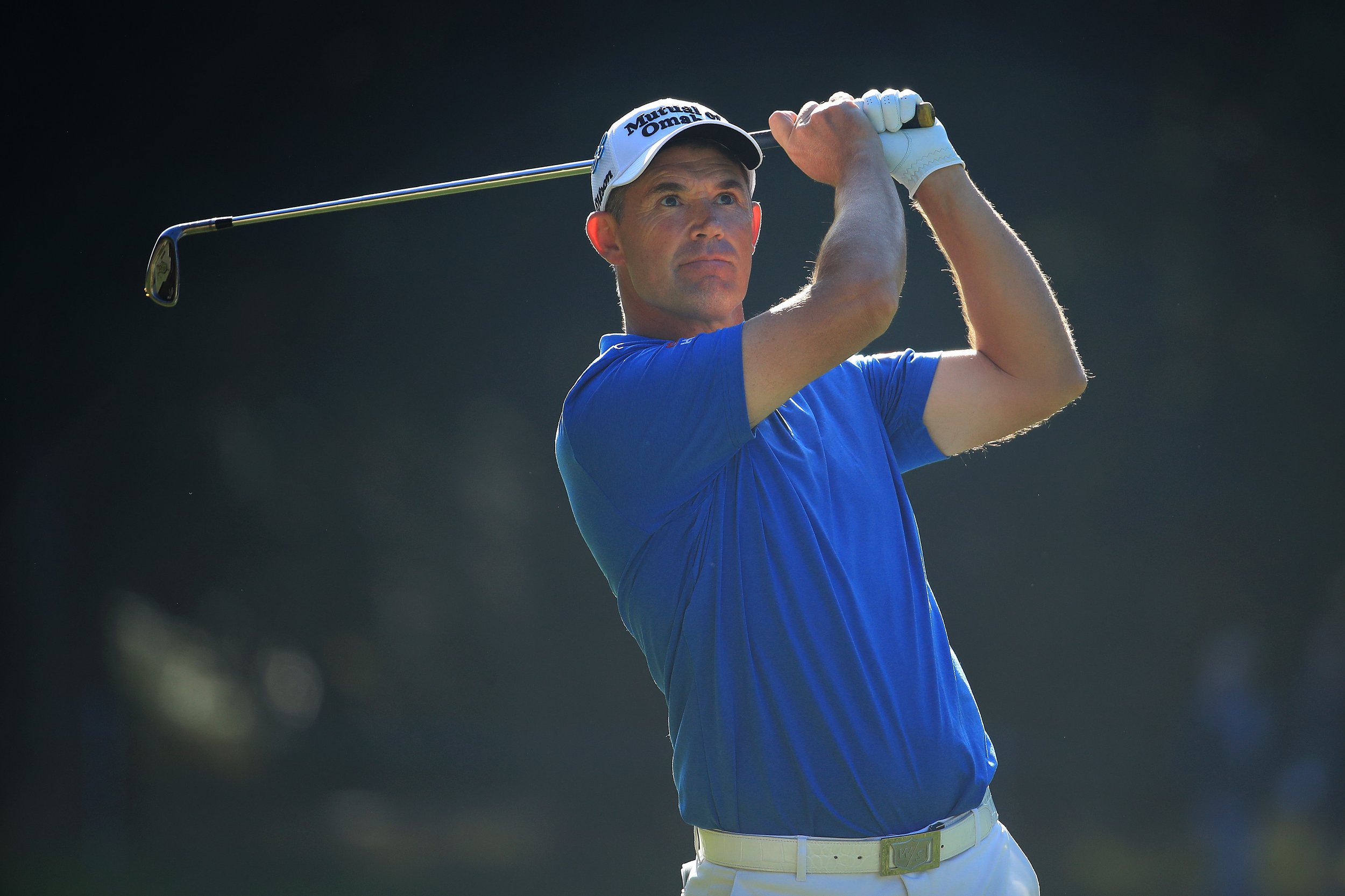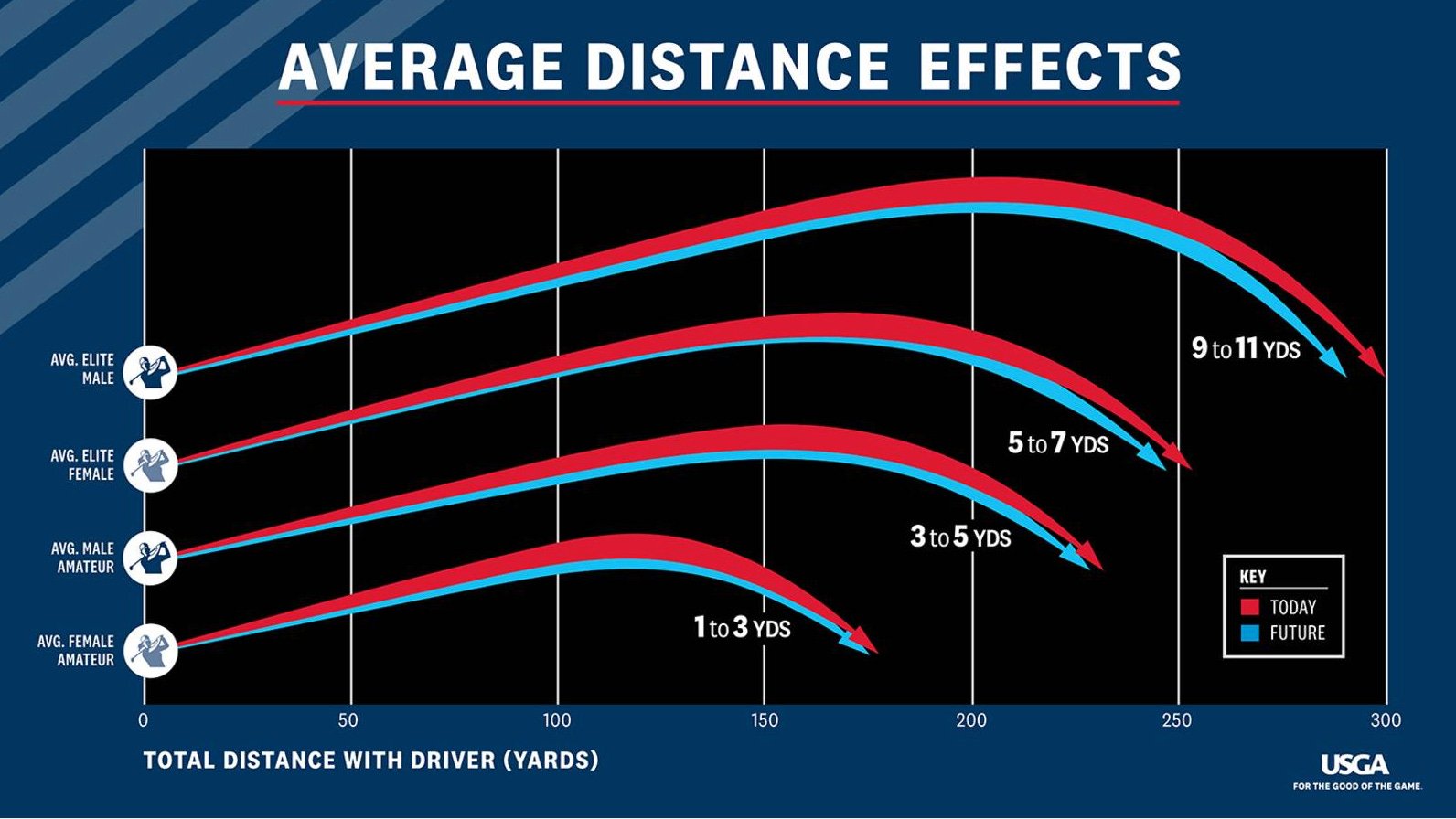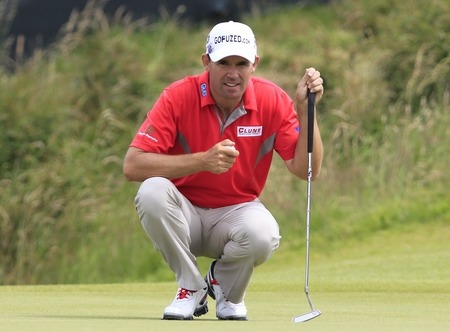Harrington backs ball roll-back as Thomas slams “selfish” USGA

Padraig Harrington
Pádraig Harrington believes the USGA and the R&A are right to propose rolling back the ball for professionals and elite amateurs from 2026.
But two-time US PGA champion Justin Thomas is vehemently opposed to the proposed change, slamming the USGA for making “selfish” and “self-centred” rules changes.
Thomas believes the fact that amateurs can play with the same equipment as the top professionals is one of the most attractive things about golf and reckons the PGA Tour might have to play by its own rules, even if that means using a different ball in the likely event The Open and the US Open require players to use the rolled back ball.
“Yeah, I think I was -- my reaction was disappointed and also not surprised, to be honest,” Thomas said ahead of the Valspar Championship at Innisbrook Resort when asked about plans to introduce a Model Local Rule (MLR) for professionals and elite amateurs that will give competition organisers the option to require the use of golf balls that will fly some 15 yards less.
“I think the USGA over the years has -- in my eyes, it's harsh, but made some pretty selfish decisions. They definitely, in my mind, have done a lot of things that aren't for the betterment of the game, although they claim it.
"I had conversations with some USGA members and to me, I don't understand how it's growing the game. For them to say in the same sentence that golf is in the best place it's ever been, everything is great, but... And I'm like, well, there shouldn't be a but. You're trying to create a solution for a problem that doesn't exist.”
As for having to use the rolled-back ball for The Open and the US Open, Thomas attacked the bone fides of the rules-makers and labelled them “self-centred”.
“So for two of the four biggest events of the year, we're going to have to use a different ball? Like, try to explain to me how that's better for the game of golf,” he said.
“Why are this group of call it 5- to 15-handicapped amateurs determining the rules of golf for professional golfers or why are they saying that we have to do something?
“So is it something where down the road where it's like, you know what, then fine, if you want to change something based off of your data that we feel like is pretty biased and incorrect and self-centred to what you believe in, then maybe we'll just create our own or we'll do our own thing.”
Thomas conceded a rolled-back ball would be to his advantage but didn’t see how it could benefit golf, despite the huge costs associated with extending courses to combat distance gains.
He added: “I mean, I'm all for not letting it go any further. And I think this is another important thing, like, this would help me. Rolling the ball back is only going to help, I feel like, somebody who hits it far and is a good ball striker. “It's just an advantage for me, even more so, I feel like, than I have and I'm still not for it. “It's just -- it's a bigger picture. It's about the game of golf. If I can hear some reasons that claim it's better for the game of golf, then so be it, but I've yet to hear any.”
Harrington, who has long been in favour of limiting technology to curb distance gains and spiralling costs for golf courses, had plenty of reasons for backing the move.
"There’s so many winners by rolling back the ball, or rolling back the equipment,” Harrington said on SiriusXM PGA Tour Radio before heading off the Hoag Classic on the PGA Tour Champions.
“In terms of cost — the cost of building a golf course, the cost of maintaining a golf course, the speed of play is going to be incredibly improved by reducing the distance, by reducing the size of the golf course and also reducing the amount of waiting time on par-5s and par-4s.
“There’s so many benefits to rolling it back. Old golf courses come back into play, great golf courses come back into play. Environmentally, reducing the footprint. So many reasons to roll it back. Dangerous! It’s really dangerous. Golf balls go so far.”
He added: “It is a big advantage to roll the ball back for the longer hitters. Huge advantage. It makes a massive difference. They still have their advantage, but if they’re trying to carry the ball 300 yards, it’s easier to keep it on the property.
"So it’s going to be easier for the longer hitters, there’s no doubt. And there will be more of a premium on having speed by dialling back. And for the manufacturers, they’re just going to have another race to the top. Competition is a good thing for all these manufacturers.”
Distance gains forced Augusta National to buy more land from neighbouring Augusta Country Club so it could extend the par-five 13th by 13 yards to 545 yards for next month's Masters.
Defending champion Scottie Scheffer played the new tee last weekend and had a four-iron for his approach on day one before finding Rae's Creek in his next practice round.
"Usually, I hit a big hooking three wood off that tee, and now I hit driver, on a bit of a different angle," Scheffler said yesterday. "It's definitely changed the hole significantly. If you hit a really good drive before, I could kind of get around the corner and have maybe a mid-iron in.
"Now you are hitting into that slope in the fairway and maybe ripping three-iron. So you could see more guys laying up on that hole, depending on the pin position.”
On the DP World Tour, Tom McKibbin is the only Irish player in action at this week’s SDC Championship at St. Francis Links in South Africa’s Eastern Cape.
Meanwhile, Tourism NI has announced a 10-day NI Swing of three professional events across Northern Ireland over a 10-day period in June for a total prize fund of £165,000 (€188,00).
The new initiative is part of the Mizuno Next Generation Series and will feature the €68,000 NI Masters at Clandeboye Golf Club (June 14-16), the NI Open Pro-am at Cairndhu (June 18) and the €114,000 NI Open presented by Modest! Golf Management (June 20-22).





